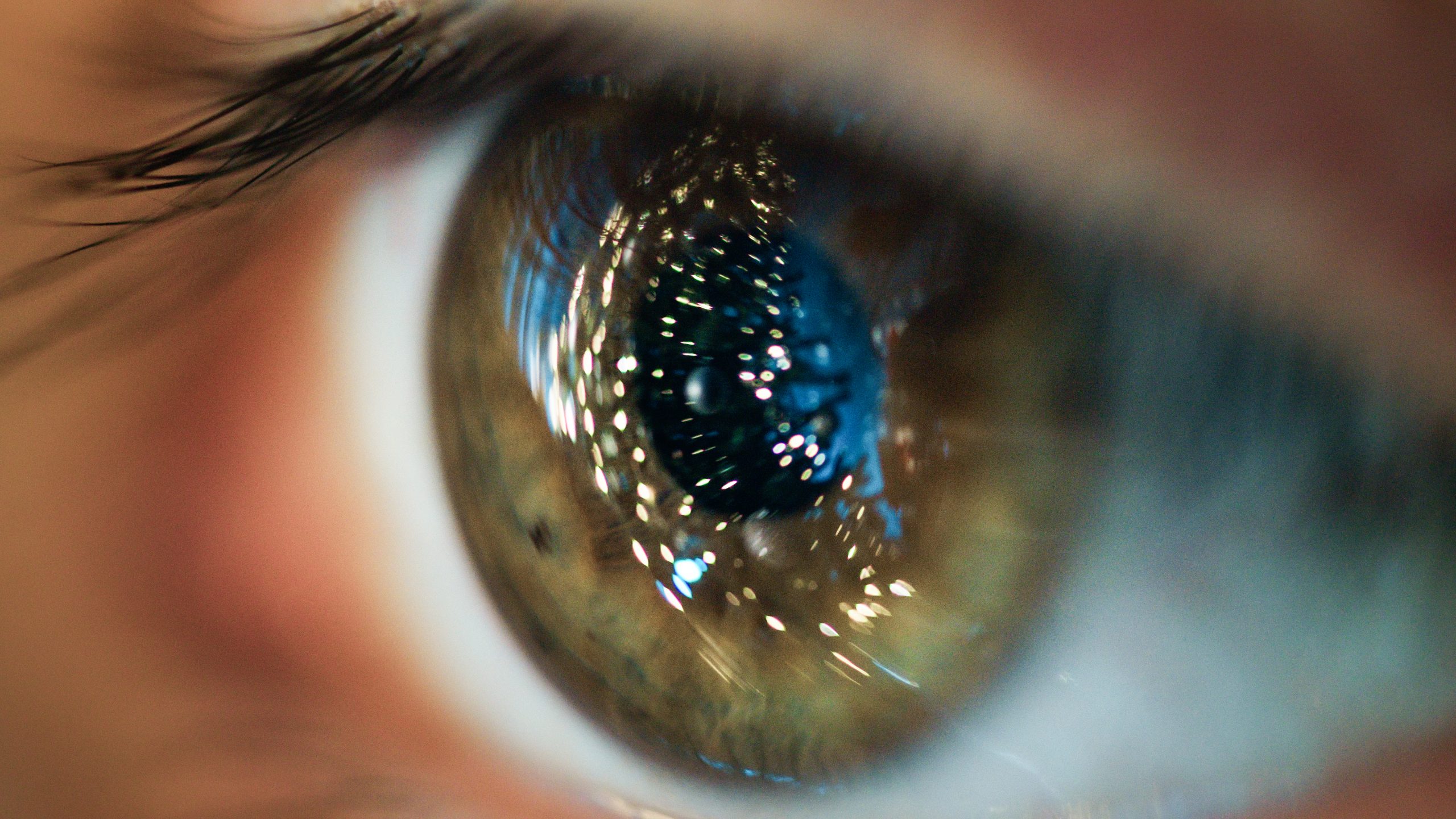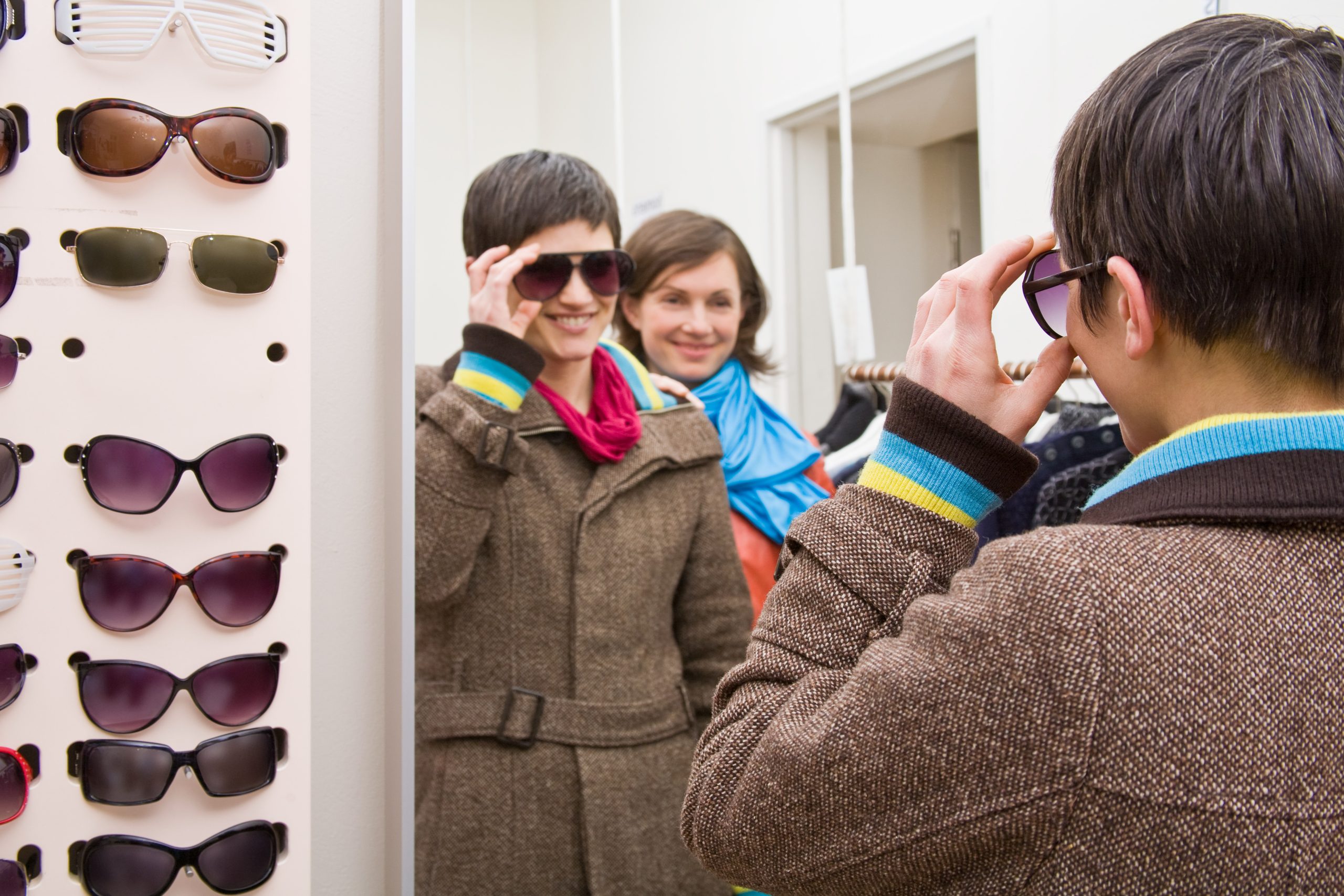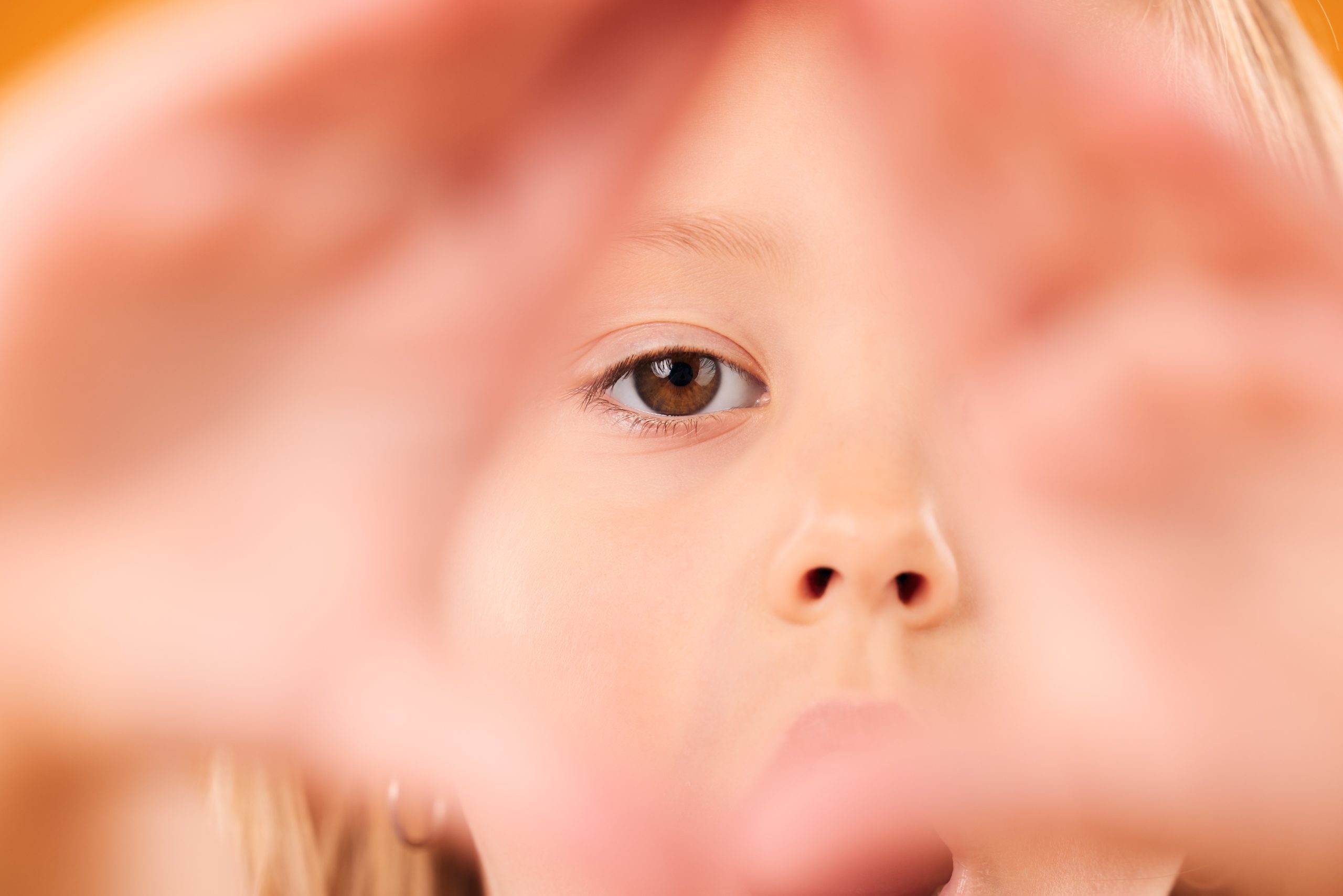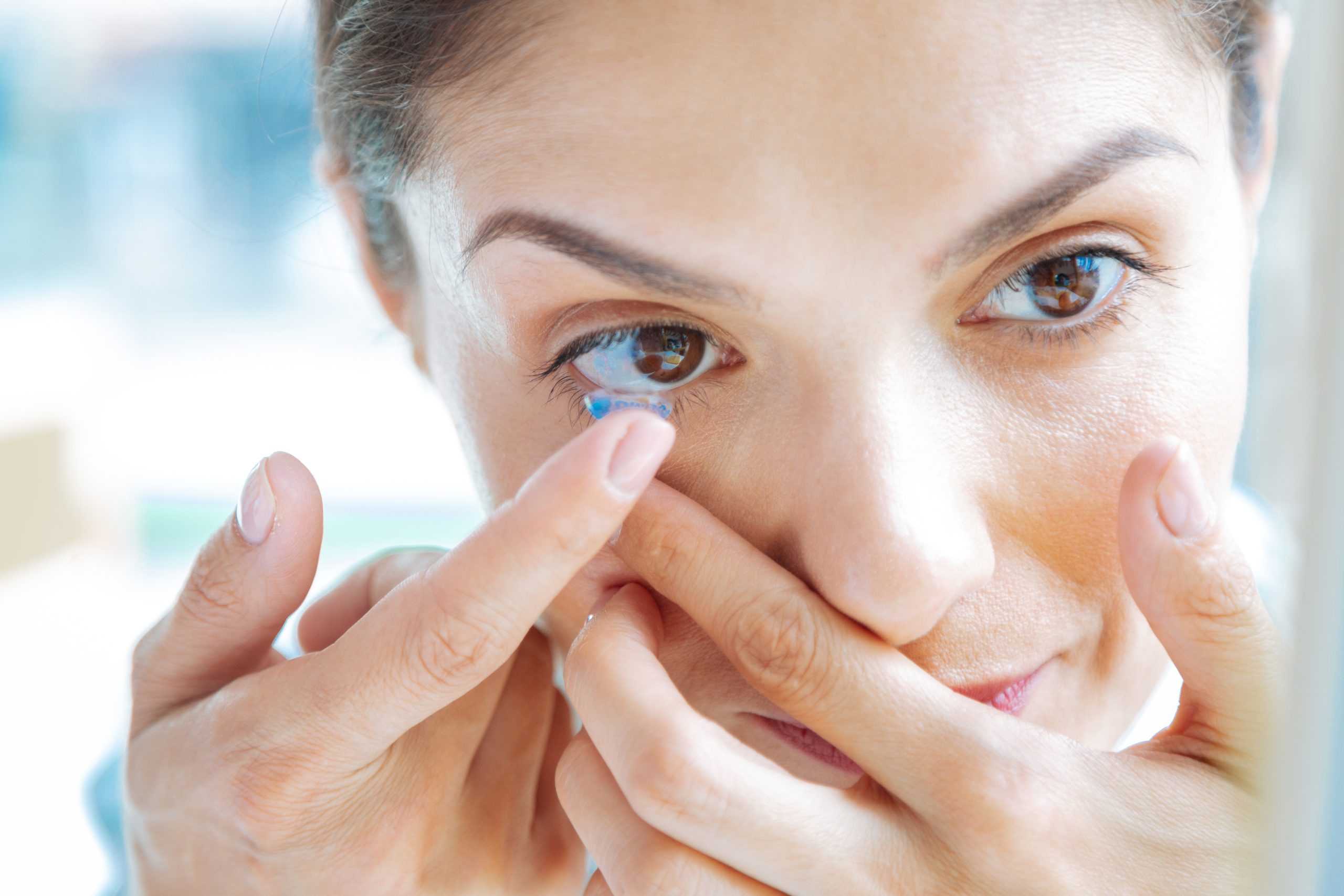Understanding Depth Perception: How Your Eyes See the World in Three Dimensions
Depth perception is the remarkable ability of the human visual system to perceive the world in three dimensions, allowing us to accurately judge the distance and spatial relationships between objects. This vital aspect of vision is what enables us to navigate our environment safely, catch a ball, drive a car, and appreciate the beauty of a sunset. Let’s delve deeper into what depth perception is, how it works, and its significance in our daily lives.
What is Depth Perception?
Depth perception refers to the ability to perceive the world in three dimensions, including the perception of distance, volume, and spatial relationships between objects. It allows us to determine how far away objects are and how they relate to each other in space. This ability is crucial for activities that require hand-eye coordination, such as sports, driving, and even simple tasks like pouring a glass of water.
How Does Depth Perception Work?
Depth perception is a complex process that involves various visual cues and the coordination of both eyes. Here are some key mechanisms involved:
- Binocular Vision: One of the most important contributors to depth perception is binocular vision, which involves the use of both eyes working together. Each eye receives a slightly different image of the world due to their separate locations on the face. The brain combines these two slightly different images to create a single, three-dimensional image with depth perception.
- Binocular Disparity: Binocular disparity refers to the slight difference in the images seen by each eye due to their separate positions. The brain uses these differences to calculate the distance to objects. Objects that are closer will have a greater disparity between the images seen by each eye, while objects that are farther away will have less disparity.
- Convergence: Another binocular cue to depth perception is convergence, which is the inward turning of the eyes that occurs when focusing on nearby objects. The brain interprets the degree of convergence as an indication of the distance to the object. Closer objects require greater convergence, while distant objects require less.
- Monocular Cues: In addition to binocular cues, depth perception also relies on monocular cues, which can be perceived with just one eye. These cues include:
- Relative Size: Objects that appear larger are perceived as closer, while objects that appear smaller are perceived as farther away.
- Linear Perspective: Parallel lines appear to converge as they recede into the distance.
- Texture Gradient: Objects with more detailed texture are perceived as closer, while objects with less detail are perceived as farther away.
- Interposition: When one object partially obstructs another, the obstructed object is perceived as farther away.
- Shading and Lighting: The way light and shadow interact with objects can provide cues about their distance and shape.
The Importance of Depth Perception
Depth perception plays a crucial role in our daily lives, influencing how we interact with the world around us. Here are some ways in which depth perception is essential:
- Spatial Awareness: Depth perception allows us to navigate our environment safely, avoiding obstacles and hazards.
- Hand-Eye Coordination: Activities such as catching a ball, pouring a drink, or threading a needle rely on accurate depth perception.
- Driving: Depth perception is vital for judging the distance between vehicles, pedestrians, and obstacles on the road.
- Art and Photography: Artists and photographers use depth perception to create the illusion of three-dimensional space in their work.
- Sports and Recreation: Depth perception is essential for activities such as golf, tennis, and basketball, where accurately judging distances is crucial for success.
Common Disorders Affecting Depth Perception
While depth perception is typically a seamless process for most people, certain conditions and disorders can affect it, including:
- Strabismus: Also known as crossed eyes, strabismus is a condition where the eyes are misaligned, leading to problems with binocular vision and depth perception.
- Amblyopia: Commonly referred to as lazy eye, amblyopia can result in reduced visual acuity and depth perception, especially if it affects one eye more than the other.
- Vision Impairment: Conditions such as cataracts, glaucoma, and macular degeneration can impair depth perception by affecting visual clarity and contrast sensitivity.
Improving Depth Perception
While some factors affecting depth perception, such as eye disorders, may require medical intervention, there are ways to enhance depth perception through practice and training. Activities that involve hand-eye coordination, such as sports, video games, and certain exercises, can help improve depth perception over time.
Conclusion
Depth perception is a fascinating aspect of human vision that allows us to perceive the world in three dimensions. Through a combination of binocular and monocular cues, our visual system is able to accurately judge distances and spatial relationships between objects. This ability is crucial for various everyday activities, from driving to playing sports, and contributes to our overall spatial awareness and understanding of the world around us. By understanding how depth perception works and how it can be affected by various factors, we can appreciate the remarkable complexity of the human visual system and take steps to preserve and enhance this essential aspect of vision.
World Eye Care Foundation’s eyecare.live brings you the latest information from various industry sources and experts in eye health and vision care. Please consult with your eye care provider for more general information and specific eye conditions. We do not provide any medical advice, suggestions or recommendations in any health conditions.
Commonly Asked Questions
While certain aspects of vision may decline with age, including depth perception, it is possible to improve it through specific exercises and activities that promote hand-eye coordination and spatial awareness.
Yes, some individuals may have congenital conditions or visual impairments that affect their ability to perceive depth accurately. However, with proper diagnosis and intervention, many of these challenges can be managed or mitigated.
Virtual reality can sometimes challenge depth perception, as the brain may struggle to reconcile the virtual environment with real-world spatial cues. However, with repeated exposure and adaptation, most individuals can adjust and maintain accurate depth perception.
Yes, occupations such as pilots, surgeons, and athletes often require above-average depth perception for tasks that demand precise spatial judgment and hand-eye coordination. Training and practice can help individuals in these fields hone their depth perception skills.
Depending on the cause and extent of vision loss, depth perception may be partially restored through vision rehabilitation programs, adaptive technologies, and assistive devices. Working closely with eye care professionals can help individuals maximize their remaining visual abilities.
Yes, depth perception influences our appreciation of perspective, scale, and spatial relationships in art and architecture. Artists and architects often use techniques to create illusions of depth and dimensionality in their work, enhancing the viewer’s experience.
Yes, activities such as playing certain video games, practicing target sports like archery or shooting, and engaging in virtual reality simulations can help improve depth perception by challenging the visual system to accurately judge distances and spatial relationships.
Certain medications, as well as medical conditions such as diabetes and neurological disorders, can potentially affect vision, including depth perception. It’s essential to discuss any concerns about changes in vision with a healthcare provider.
While vision is the primary sense involved in depth perception, other sensory cues, such as proprioception (awareness of body position) and auditory cues, can also contribute to our perception of space and distance.
Yes, depth perception is essential for experiencing the immersive effects of 3D movies. Individuals with impaired depth perception may not fully appreciate the depth effects but can still enjoy the visual spectacle and storytelling aspects of such films.
news via inbox
Subscribe here to get latest updates !








